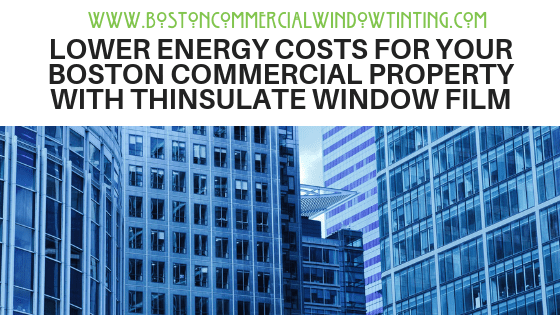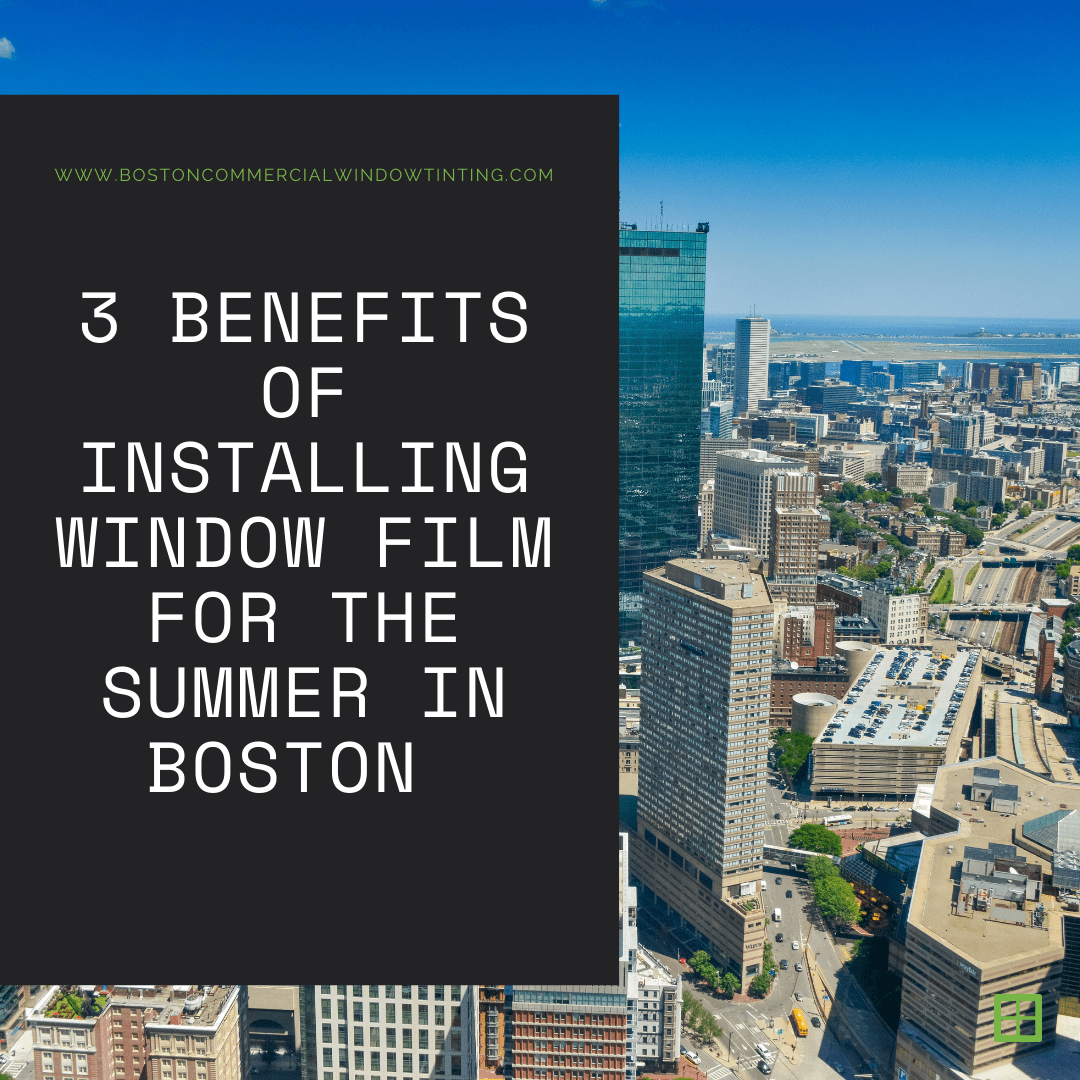Unlocking Beacon Lock: The Urgent Need for Low-E Glass Film in Boston
In the vibrant city of Boston, known for its historical charm and dynamic seasons, a new issue has come to light affecting both its aesthetic glow and environmental footprint. The introduction of innovative low-e glass film is starting to make waves among homeowners and urban developers alike. Despite its benefits, many in Boston remain unaware of the crucial role this technology can play in transforming their windows into energy-efficient barriers, crucial for both preserving the city’s unique character and combating rising utility costs.
The need for low-e glass film in Boston is not just an option but a necessity. As the city strives to reduce its carbon footprint and enhance the comfort of indoor spaces, conventional window solutions fall short in providing the necessary insulation and UV protection. This lack of awareness about the benefits of low-e glass film represents a significant gap in Boston’s journey towards sustainability and energy efficiency. Without it, residents and businesses are missing out on an opportunity to significantly reduce heat loss during the cold winters and prevent unwanted heat gain during the scorching summers, all while basking in the natural light that defines the city’s aesthetic.
The conversation about enhancing Boston’s city glow with innovative low-e glass film installation is more than just about aesthetics or energy savings; it’s about taking a step forward in urban sustainability. As Boston continues to grow and evolve, the adoption of low-e glass film stands out as a method to protect our architectural heritage while embracing new technologies that can make the city a beacon of energy efficiency and environmental stewardship. The time has come to unveil the potential of low-e glass film in Boston and embrace a brighter, more sustainable future for the city.
Unveiling the Issue: Boston’s Battle with Energy Loss
In the heart of Boston, an issue quietly erodes the city’s vibrant glow—excessive energy loss through outdated window systems. As Boston continues to stride into the future, the reliance on conventional glass in its architecture is becoming increasingly problematic. The primary issue revolves around these glass windows’ poor insulation properties, leading to significant energy wastage. This not only inflates heating and cooling costs for residents and businesses alike but also contributes to the city’s larger environmental footprint.
The introduction of low-e (low emissivity) glass film presents a promising solution to this pervasive issue. Yet, despite its potential to revolutionize Boston’s cityscape by enhancing energy efficiency, the adoption of low-e glass film remains low. This sluggish adaptation pace is rooted in a lack of awareness and understanding of the technology’s benefits. The issue at hand is not just about improving window insulation but is a broader call to action for Boston to lead by example in sustainability and energy conservation. Embracing low-e glass film installation is a step towards not only reducing energy costs but also reinforcing Boston’s commitment to a brighter, greener future.
Shocking Energy Costs Without Low-E Glass Film in Boston
In the vibrant city of Boston, buildings without low-e glass film installation face shocking repercussions, especially in financial terms. A startling fact is that, on average, 30% of heating and cooling energy is wasted through windows not optimized with low-e glass film. This increases annual energy costs significantly for Boston residents and business owners. Even more alarming, Boston experiences extreme seasonal temperature variations, exacerbating energy inefficiencies in buildings that lack this crucial installation. This not only impacts the comfort levels of indoor environments but also places a heavy burden on wallets and the environment.
The Problem with Inadequate Glass Film in Boston Homes
Boston’s historical charm is encapsulated within its unique architecture and array of homes that light up the city. Yet, beneath this beauty lies a pressing issue impacting homeowners significantly—traditional glass windows without low-emissivity (low-E) glass film. This might seem like a trivial detail at first glance, but it introduces a range of problems from soaring energy bills to decreased comfort within one’s own home, especially during the city’s notorious seasonal temperature swings.
Without the protection of low-E glass film, windows allow an excessive amount of UV and infrared light to penetrate, heating interiors during summer and letting valuable heat escape during winter. This not only subjects residents to uncomfortable temperatures but also forces heating and cooling systems to work overtime. Consequently, this results in mounting energy costs that strain homeowners’ budgets. The environmental impact cannot be ignored either, as the increased energy consumption contributes to a larger carbon footprint for each household.
Boston’s weather, characterized by cold, harsh winters and warm, humid summers, makes energy-efficient home solutions not just a luxury but a necessity. Traditional glass windows, once a standard, now represent a clear obstacle in achieving both comfort and energy efficiency in homes. The absence of low-E glass film translates into a problem that extends beyond just financial implications; it’s about ensuring that homes are genuinely sanctuaries, efficient in energy use, and comfortable throughout the year’s changing seasons.
As Boston continues to grow and evolve, the demand for smarter, more efficient home solutions becomes increasingly pressing. Addressing the problem of inadequate window treatment is a step towards enhancing not only the individual living experience but also contributing to the broader goal of energy conservation and sustainable living in one of America’s oldest cities.
Understanding the Problem: The Issue with Conventional Windows in Boston
In bustling urban areas like Boston, the energy efficiency of buildings is an ever-present concern. A significant amount of a building’s heating and cooling energy can be lost through conventional windows. This is due to the inherent inefficiency of standard glass in insulating against extreme temperatures, a problem exacerbated by Boston’s variable climate, from sweltering summers to freezing winters.
The challenge becomes discernible when considering the financial and environmental impact. Buildings with traditional glass windows contribute to higher energy consumption, leading to inflated utility bills and an increased carbon footprint. This scenario underscores the need for an innovative solution that addresses both energy efficiency and environmental sustainability. Understanding this problem is the first step in recognizing the necessity for advancements like low-e glass film, which can significantly mitigate these issues.
Transforming Boston’s Office Spaces: A Low-E Glass Film Case Study
In downtown Boston, a mid-sized software company was struggling with excessive sunlight glare and high energy costs in their office building. After installing low-e glass film, they noticed a significant reduction in glare, making it easier for employees to work on computers without eye strain. Additionally, the film’s energy-efficient properties helped to stabilize indoor temperatures, leading to a noticeable decrease in their air conditioning costs during the summer months. This real-life example underlines the effectiveness of low-e glass film in enhancing workplace productivity and energy savings.
The Perils of Neglecting Low-E Glass Film Installation in Boston
Failing to consider the installation of low-e glass film in Boston residences and commercial spaces can lead to several detrimental outcomes, significantly impacting comfort, energy efficiency, and cost savings. Ignoring this solution is akin to turning a blind eye to the forward strides in building technology meant to enhance our living and working environments.
Firstly, without low-e glass film, buildings are more susceptible to heat gain during the summer and heat loss during the winter, leading to increased energy consumption. This not only inflates utility bills significantly but also contributes to a larger carbon footprint, an outcome increasingly at odds with contemporary environmental sustainability goals.
Additionally, the absence of low-e glass film compromises the interior comfort of a space. Buildings in Boston, both historic and modern, can benefit from the temperature regulation and UV protection provided by such films, protecting inhabitants and furnishings alike from the sun’s harmful effects.
Ignoring the advantages of low-e glass film installation, therefore, not only results in higher operational costs but also undermines the sustainability and comfort of living and working spaces in Boston. The choice to forego this innovation can have far-reaching implications, affecting both the wallet and the well-being of residents and professionals alike.
Economic Impacts of Overlooking Low-E Glass Film in Boston
Not installing low-E glass film in Boston homes can lead to significant economic repercussions for homeowners. In a city where energy efficiency is crucial due to varying weather conditions, the absence of low-E glass film increases energy bills substantially. The increased cost comes from the need to overcompensate for heat loss in winter and heat gain in summer, affecting homeowners’ economic security directly. Moreover, properties equipped with low-E glass film are more attractive to buyers, enhancing their market value. Neglecting this upgrade not only burdens homeowners with higher monthly expenses but also potentially decreases the resale value of their property in Boston’s competitive real estate market.
Unlocking Beacon Lock: Enhancing Boston’s City Glow with Innovative Low-E Glass Film Installation
Boston’s vibrant city life and historical importance have always captured the imagination of many. However, maintaining the city’s charm and ensuring the energy efficiency of its buildings pose significant challenges. This is where the innovative solution of Low-E glass film installation comes into play, specifically designed to address Boston’s unique needs.
Low-E glass film represents a groundbreaking advancement in window technology, tailored to enhance the energy efficiency and aesthetic appeal of buildings in Boston. Its unique ability to minimize heat transfer not only solves the common problem of energy wastage but also significantly improves the comfort of indoor environments. This is especially crucial for a city like Boston, where the weather can vary dramatically with the seasons, requiring both heating and cooling systems to work efficiently year-round.
The installation of Low-E glass film in Boston’s buildings is not just about energy conservation; it’s a vital step towards preserving the city’s historical aesthetics. This innovative film is virtually invisible, maintaining the original look of the windows while upgrading their performance. This ensures that Boston’s architectural heritage is preserved for future generations to admire, all while advancing towards a more sustainable urban living environment.
Moreover, the utilization of Low-E glass film aligns perfectly with Boston’s vision of becoming a global leader in sustainability and innovation. It demonstrates a commitment to adopting cutting-edge technology that solves real-world problems, setting a benchmark for cities worldwide. The installation of Low-E glass film is thus positioned as a key component in Boston’s strategy to enhance its city glow, making it not just a place of historical significance, but also a beacon of innovation and sustainability.
Unlocking Boston’s City Glow with Low-E Glass Film
Low-E glass film presents a revolutionary solution for Boston’s residential and commercial buildings aiming to tackle the city’s unique environmental and architectural challenges. This advanced film is engineered to enhance the energy efficiency of glass surfaces, providing a crucial answer to the city’s quest for sustainability and comfort year-round.
By installing low-E glass film, buildings in Boston can significantly reduce unwanted heat gain during the hot summers without compromising the influx of natural light. In the winter months, this innovative film helps retain interior warmth, cutting down on heating costs and contributing to a more consistent indoor temperature. The result is not only a reduction in energy bills but also an improvement in the overall comfort of living and working spaces.
Moreover, the low-E glass film strengthens Boston’s buildings against harmful UV rays, protecting both the occupants and the interior furnishings from sun damage. Its subtle application enhances the architectural beauty of the cityscape without altering the building’s original aesthetics. This makes low-E glass film a perfect fit for both historical and contemporary structures in Boston, promoting a brighter, more energy-efficient future for the city.
Benefits and Features: Low-E Glass Film in Boston
Low-E glass film introduces a multitude of advantages to Boston homeowners, key among them is its remarkable energy efficiency. By reflecting heat back into the home during winter and keeping it out during summer, it significantly reduces the need for heating and cooling, leading to lower energy bills. This innovative film also blocks harmful UV rays, protecting interior furnishings from fading and occupants from potential skin damage. Additionally, it enhances privacy without sacrificing natural light, offering a perfect balance between aesthetics and functionality. With Low-E glass film, Boston homes not only shine brighter but also become more sustainable and comfortable.
Success Stories: Enhancing the Essence of Boston with Low-E Glass Film
In the bustling city of Boston, innovative low-e glass film installations have not just transformed windows but have fundamentally elevated the quality of living and working spaces. A striking example comes from the Beacon Hill neighborhood, where the historic charm meets modern efficiency. The Jameson family, residing in one of the quaint brownstones, experienced a significant reduction in their energy bills after retrofitting their windows with low-e glass film. They were amazed by how the film preserved the exterior aesthetics while drastically improving thermal insulation.
Similarly, the GreenTech Office Complex on the waterfront, a hub for tech startups, showcases another success. The building managers decided to install low-e glass film across its expansive glass facades. The result was nothing short of remarkable, with a notable decrease in glare and heat, enhancing the workplace’s ambiance and productivity. Furthermore, the energy savings were substantial, leading to lower operational costs and a reduced carbon footprint, aligning with Boston’s green initiative goals.
Boosting Energy Efficiency: A Low-E Glass Film Success Story in Boston
In the heart of Boston, the Beacon Hotel embarked on a journey to reduce their carbon footprint and cut down on energy costs. By installing innovative low-e glass film on their large, picturesque windows, they not only achieved their green objectives but also enhanced the comfort levels for their guests. The hotel witnessed a significant reduction in energy consumption, leading to substantial savings and improved guest satisfaction ratings. This success story highlights the effectiveness of low-e glass film in urban settings, proving it’s not just a cost-saving measure but also a step towards environmental responsibility. Ready to make a difference and save on your bills? Contact us today to explore how low-e glass film can transform your property in Boston.




About The Author: Angus Faith
Angus Faith is an expert when it comes to all matters window tinting. After relocating to Boston from Scotland, he obtained a position as a window tint installer. Since then, Angus has successfully completed hundreds of window film installs in the Boston area, totaling over 250,000 square feet of film. He is an expert when it comes to selecting the perfect security, climate control, or decorative window film for the job and is well-versed with all the latest innovations from 3M, Vista, LLumar, and other leading brands. When he's not helping customers find creative solutions to their architectural concerns, Angus enjoys galivanting across the globe and exploring far-off places, perfecting his bagpipe playing skills, and solving crossword puzzles.
More posts by Angus Faith